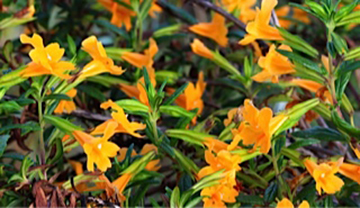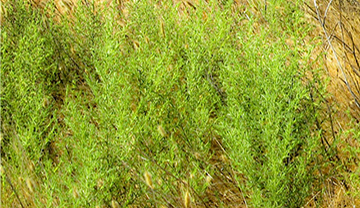Guardians of Wild Birds in Marin, CA
Situated between the San Francisco Bay and the Pacific Ocean, Marin County is well known for its open spaces covered with verdant hills and pastures. Thus it provides plenty of outdoor activities — beaches, biking, hiking trails, and bird watching to name a few.
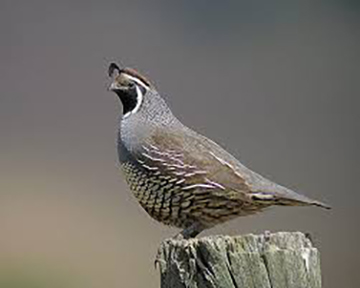
In this natural splendor, most of the wild birds are diligently and faithfully watched over by the Marin Audubon Society (MAS) which is at the forefront of protecting land and its natural habitats. For many decades it has worked to conserve wetlands and preserve the county′s ecosystem so that the wild birds can live, build nests, raise their young and feed them by catching food from the nearby wetlands.
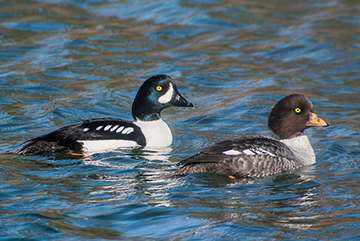
Since 1956, MAS has been instrumental in protecting and acquiring open county lands adjacent to the Bay. Currently, they have been working on the wetlands of the Triangle Marsh near Corte Madera, Bahia Wetland in Novato, and Petaluma Marsh. A major goal of some of MAS′ projects is to provide more habitat for Ridgway′s Rail, an endangered, non-migratory species that only lives in the marshes of the San Francisco Bay.
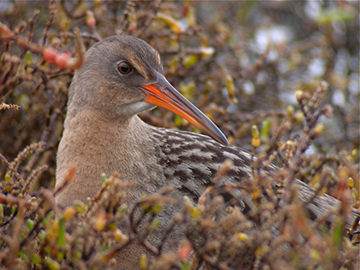
After acquiring land for protection, they work hard to restore it to its natural state and preserve its biodiversity by planting native plants while weeding out non-native ones. At the same time, they regularly organize field trips and classes so people can have a better understanding of the wild birds in Marin and learn how to better appreciate them. This is no small task and requires many people from the neighborhood to contribute their talent, time, and effort.
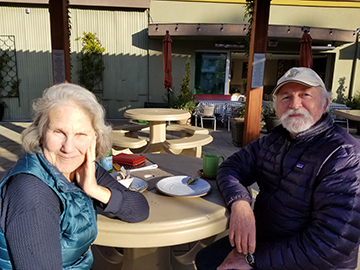
Among those selfless volunteers, Martha Jarocki and Bob Hinz have been diligently maintaining the MAS wetlands on a regular basis. For Bob, he has been a member of MAS since 1985, the year he moved to Marin. He has always been interested in birds. After retirement, he had the time to look at birds closely. One time he voiced his concern about one local school project fearing it would damage wildlife habitats. Later he was invited to join MAS and has since become a board member. Currently, he is responsible for editing The Rail, a MAS periodical with 10 issues each year.
For Martha, she lives close to the marsh and really loves birds so she also joined MAS many years ago. During her volunteer years, she had a chance to work with Ms. Barbara Salzman, President of MAS, and was inspired to see how Ms. Salzman has voiced her opinions and navigated through the legal system and made MAS what it stands for today.
On one recent afternoon, I had the chance to interview both of them, two of the guardians of the wild birds in Marin, and learned about their volunteer experiences with MAS. When I asked them about the challenges the wild birds are currently facing, they both pointed out the biggest challenge is the loss of habitat including, until relatively recently, the continuing loss of wetlands. About 85% of the marshes around San Francisco Bay were destroyed beginning in the 1800s. Once a wetland is lost, be it due to natural erosion or human activity, so goes the habitats, ecosystem, and therefore its biodiversity. Laws have changed and now it is much more difficult to destroy wetlands.
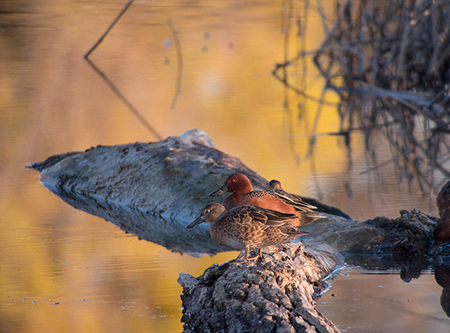
Another challenge, ironically, is human enthusiasm which needs to be restrained because the wild birds are easily scared away and will choose other places to make their homes. Bob mentioned that there have been about 500 different bird species reported in Marin according to www.ebird.org in the year 2000; some of those were rare or very unusual in Marin. Since January 1, 2018, only approximately 333 species have been reported as still living in Marin.
In order to maintain the habitats for wild birds, the non-native plants need to be constantly weeded out and replaced by native species (interestingly, Marin has a lot of Mediterranean plants that grow prodigiously). Both Bob and Martha keep a list of volunteers and arrange certain days during each month for all of them to come together to pull weeds. Bob said one time a large group of volunteers gathered at the Petaluma Marsh and pulled a lot of smelly and sticky Dittrichia. That was one of the most memorable and satisfying experiences he had while volunteering at MAS.
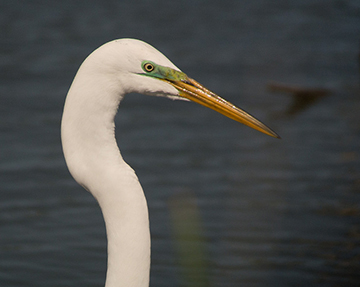
The mission of MAS states:
″In our early years, Marin Audubon Society (MAS) was one of the founders of Audubon Canyon Ranch. MAS also was instrumental in protecting Bothin Marsh in Mill Valley, and the Marin Islands National Wildlife Refuge in San Rafael, which supports the largest heron rookery in San Francisco Bay. MAS restores wetlands on its properties, then donates many of them to the California Department of Fish and Game and the Marin County Open Space District.″
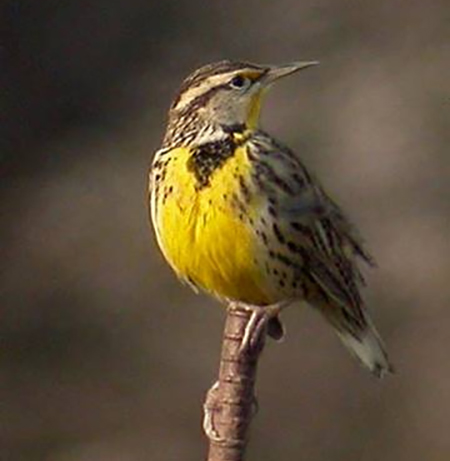
We are grateful for MAS′ vision and what it has accomplished as well as for the many local heroes, like Bob and Martha, for their devotion and volunteerism. Together they set an example of how humans and wild animals can live peacefully together and in harmony.
Marin Audubon Society′s Website
